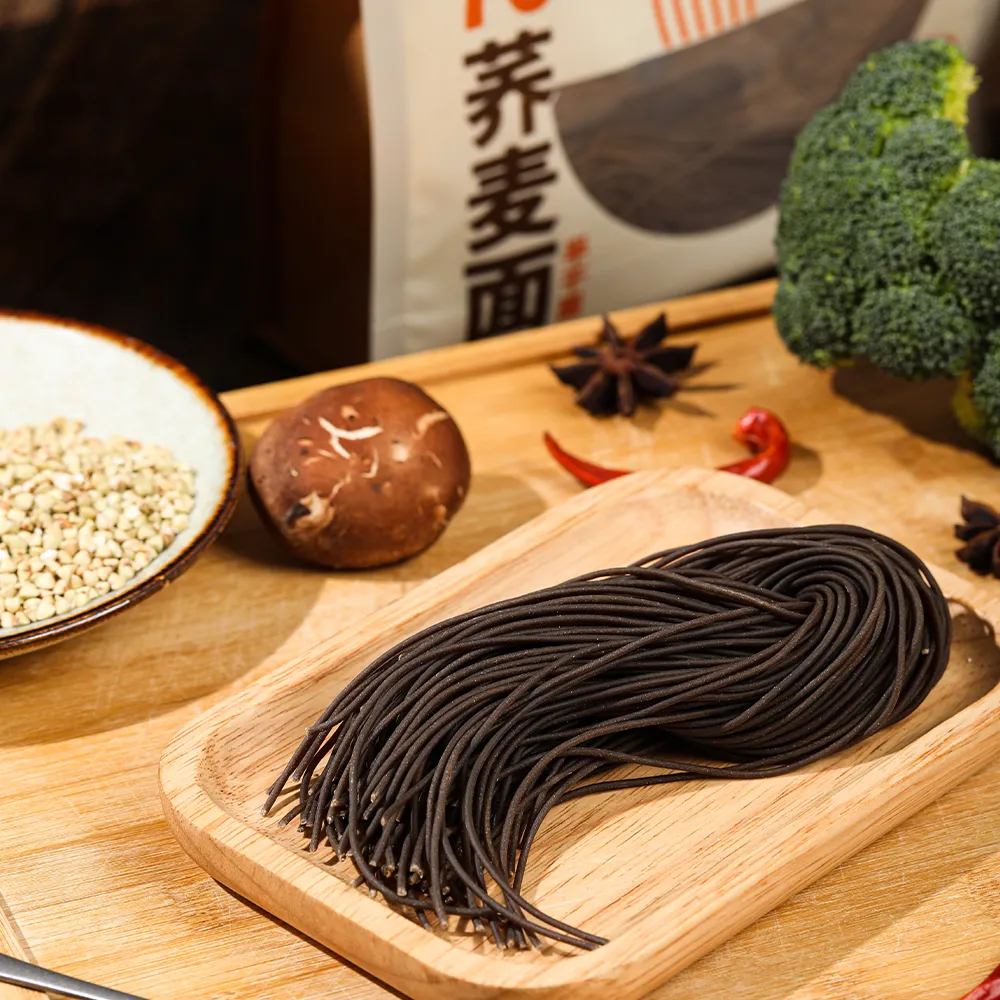different udon types
Exploring the Different Types of Udon A Culinary Journey
Udon, a beloved Japanese noodle dish, is renowned for its thick, chewy texture and versatility in various recipes. Derived from wheat flour, udon comes in many forms, each offering a unique culinary experience. In this article, we will explore different udon types, their regional variations, and how they enhance the art of Japanese cuisine.
1. Sanuki Udon
Originating from Kagawa Prefecture on Shikoku Island, Sanuki udon is perhaps the most famous type of udon. Known for its firm, chewy texture, these noodles are traditionally handmade, with artisans using water, flour, and salt to create a dough that is then kneaded and cut into thick strands. Sanuki udon is often served in a simple broth of soy sauce, mirin, and dashi, garnished with green onions and tempura. The dish highlights the quality of the noodles, which are usually boiled until just tender, allowing them to retain a delightful chewiness.
2. Nishin Udon
Nishin udon hails from Kyoto and features a special topping braised herring. The fish is typically cooked in a sweet soy sauce mixture, giving it a rich flavor that complements the thick, soft udon noodles. Traditionally served in a flavorful broth, Nishin udon symbolizes the harmonious balance of flavors in Japanese cuisine, where the umami of the broth meets the sweetness of the fish.
3. Kake Udon
One of the simplest and most classic forms of udon, Kake udon is served in a hot dashi broth and usually garnished with sliced green onions, tempura flakes, or a soft-boiled egg. The focus in Kake udon is on the broth that enriches the noodles, allowing the diner to appreciate the pure flavor of the handmade udon and the delicate balance of seasonings in the broth.
different udon types

4. Yaki Udon
Moving away from broth-based dishes, Yaki udon is a stir-fried version that has gained popularity in modern Japanese cuisine. The udon noodles are sautéed with vegetables such as bell peppers, carrots, and cabbage, alongside protein options like chicken, shrimp, or tofu. This dish is typically flavored with soy sauce, oyster sauce, and sometimes a hint of sesame oil, creating a deliciously savory and satisfying meal. Yaki udon offers a perfect blend of textures and flavors, making it a favorite for many.
5. Nabeyaki Udon
Nabeyaki udon presents a charming way to enjoy udon in a hot pot. It combines vegetables, proteins (often chicken or seafood), and a soft-boiled egg, all cooked together in a rich dashi broth in a clay pot. The udon noodles are added towards the end of the cooking process to absorb the flavors. This communal dish is perfect for sharing and embodies the warmth and comfort of Japanese home cooking.
6. Curry Udon
Curry udon is a delightful fusion of flavors, where udon noodles are served in a thick, savory curry sauce. This dish reflects the influence of Indian cuisine on Japan's culinary landscape and offers a hearty and warming meal. The combination of tender noodles and aromatic curry creates a dish that is both filling and flavorful.
Conclusion
Udon is more than just a comfort food in Japan; it is a canvas for creativity and flavor. From the classic Sanuki udon to the modern interpretations of Yaki udon and Curry udon, these noodles offer endless possibilities for culinary exploration. Each type of udon carries its regional significance and reflects the culture and traditions of its origin. Whether enjoyed in a simple broth or as part of an elaborate dish, udon continues to be a staple of Japanese cuisine, inviting food lovers around the world to indulge in its delightful taste and texture.
-
Is Whole Wheat Pasta Healthy?NewsMay.30,2025
-
Are Soba Noodles Good for Weight Loss?NewsMay.30,2025
-
Are Buckwheat Soba Noodles Healthy?NewsMay.30,2025
-
Are Buckwheat Soba Noodles Gluten Free?NewsMay.30,2025
-
Are Buckwheat Noodles Good for You?NewsMay.30,2025
-
A Healthy Way to Savor Soba and Spicy FlavorsNewsMay.30,2025
-
What Are Lanzhou Noodles?NewsMay.30,2025
Browse qua the following product new the we

















































































































